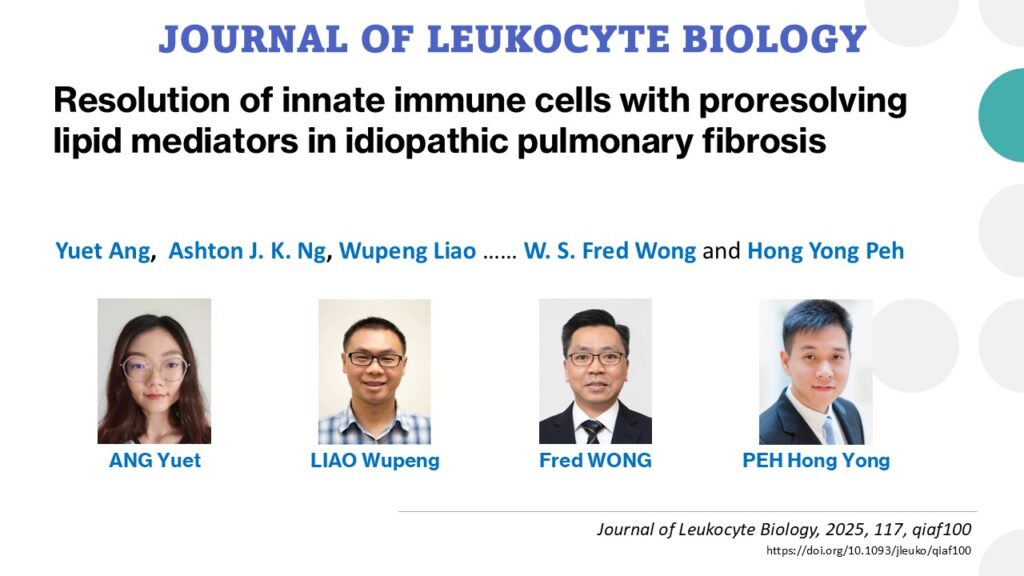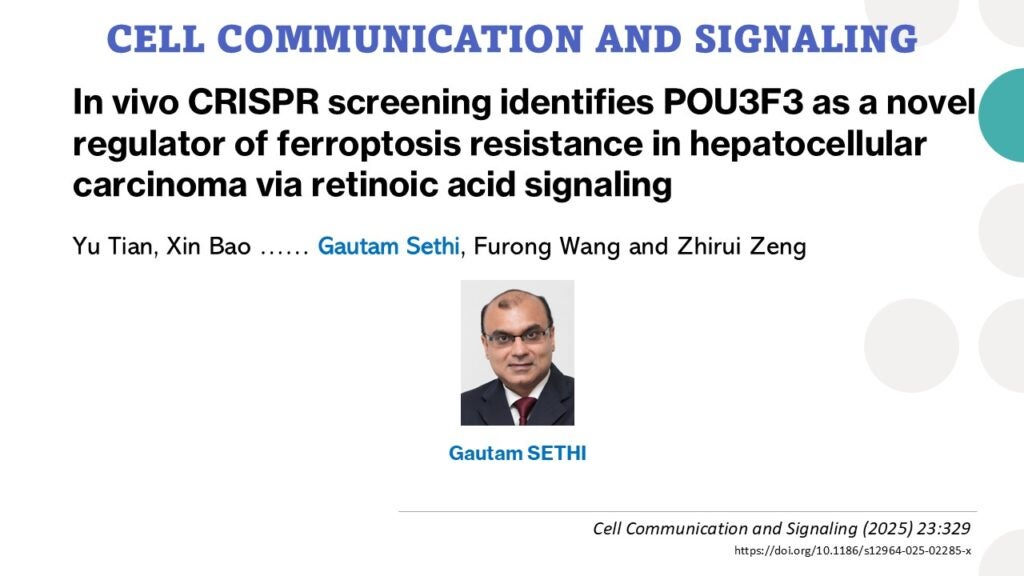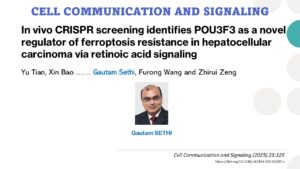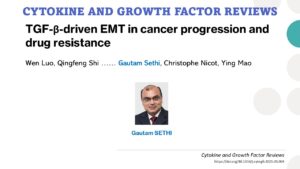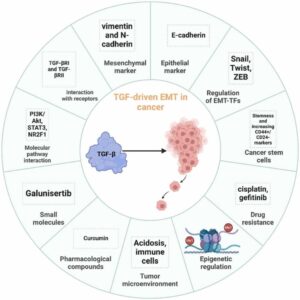Resolution of innate immune cells with proresolving lipid mediators in idiopathic pulmonary fibrosis
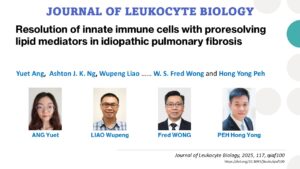
Abstract
Idiopathic pulmonary fibrosis (IPF) is a progressive incurable lung disease characterized by chronic inflammation and fibrosis, with innate immune cells such as neutrophils and macrophages playing central roles in its pathogenesis. This review explores the involvement of these immune cells in the inflammatory process of IPF, focusing on their contribution to disrupted tissue repair and impaired resolution. The balance between host defense mechanisms, including leukocyte recruitment, and the release of proresolving mediators is crucial for maintaining healthy tissue function and returning to preinflammatory states. We highlight the importance of inflammation resolution to prevent an overactive immune response, which can lead to irreversible fibrosis. Specialized proresolving mediators, including lipoxins, resolvins, protectins, and maresins, are discussed in terms of their regulatory effects on neutrophils and macrophages in IPF. These mediators exhibit potent anti-inflammatory actions, which can modulate the immune response and promote the resolution of inflammation. Overall, this review underscores the significance of immune modulation in IPF, with a focus on the therapeutic potential of specialized proresolving mediators in controlling the inflammatory response and preventing fibrosis progression. Future research into the antifibrotic properties of SPMs and their impact on innate immune cell regulation holds promise for novel therapeutic strategies in IPF treatment.
Full Article: https://academic.oup.com/jleukbio/article-abstract/117/7/qiaf100/8182905?redirectedFrom=fulltext

